Archives
- 2025-12
- 2025-11
- 2025-10
- 2023-07
- 2023-06
- 2023-05
- 2023-04
- 2023-03
- 2023-02
- 2023-01
- 2022-12
- 2022-11
- 2022-10
- 2022-09
- 2022-08
- 2022-07
- 2022-06
- 2022-05
- 2022-04
- 2022-03
- 2022-02
- 2022-01
- 2021-12
- 2021-11
- 2021-10
- 2021-09
- 2021-08
- 2021-07
- 2021-06
- 2021-05
- 2021-04
- 2021-03
- 2021-02
- 2021-01
- 2020-12
- 2020-11
- 2020-10
- 2020-09
- 2020-08
- 2020-07
- 2020-06
- 2020-05
- 2020-04
- 2020-03
- 2020-02
- 2020-01
- 2019-12
- 2019-11
- 2019-10
- 2019-09
- 2019-08
- 2019-07
- 2019-06
- 2019-05
- 2019-04
- 2018-07
-
br Materials and methods br Results br
2023-01-04
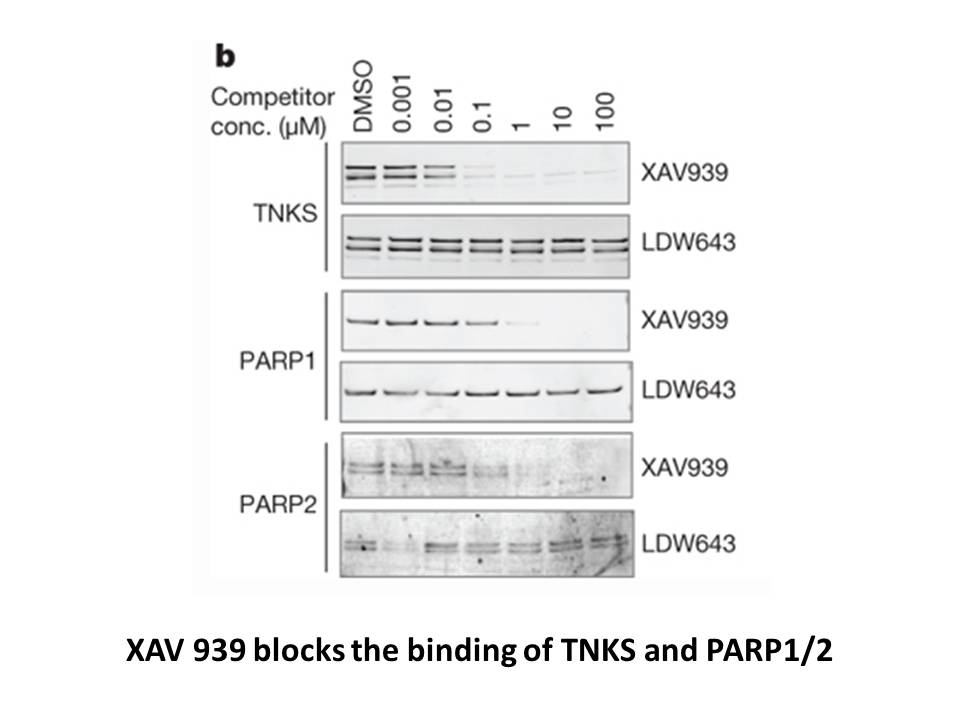
Materials and methods Results Discussion Intracellular metabolic pathways of sugar, such as glycolysis and TCA cycle, provide material and energy for the synthesis of other substances, including amino acids. Thus, the content of sugars and their metabolic pathways are important for amino an
-
Most of the identified aldose reductase inhibitors
2023-01-04

Most of the identified aldose reductase inhibitors possess undesirable effects like poor pharmacokinetic properties, hypersensitivity and Steven-Johnson Syndrome [1]. However, the main side effect is the lack of selectivity relative to aldehyde reductase (ALR1, EC 1.1.1.2). ALR1 plays the important
-
br Experimental br Acknowledgment br
2023-01-04
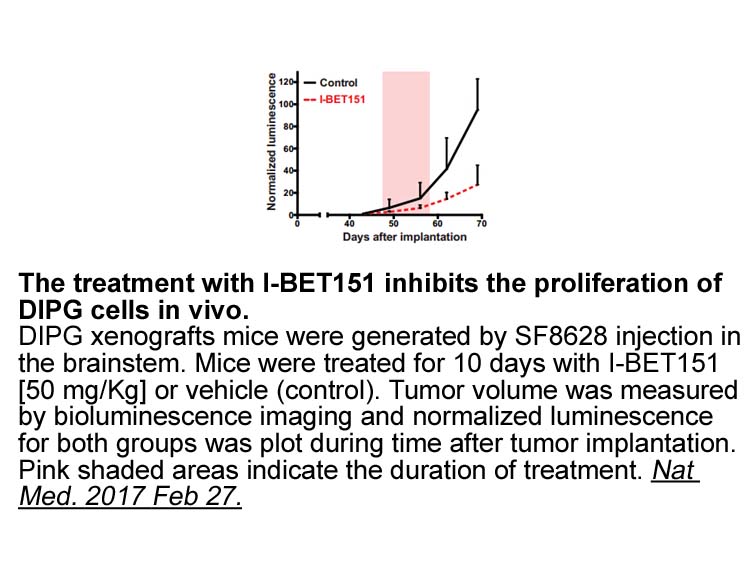
Experimental Acknowledgment Introduction The NADPH-dependent reduction of d-glucose catalyzed by aldose reductase (E.C.1.1.1.21) (AR) is considered as one of the phenomena leading to the onset of long term diabetic complications [as review see: [1], [2]. In fact, the reduction of the sugar,
-
Talabostat mesylate Unlike in humans hepatic expression of F
2023-01-04

Unlike in humans, hepatic expression of FGF21 increases in mice consuming KD and is a necessary mediator of the physiologic adaptations to the diet. FGF21 knockout (KO) mice gain, rather than lose weight on the diet [6]. FGF21 also activates BAT in part by increasing SNS drive [3,7]. In addition, th
-
A number of studies suggest that adiponectin promotes osteob
2023-01-04
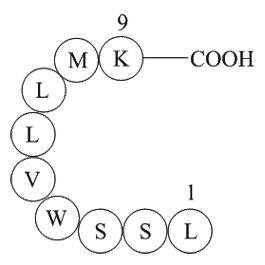
A number of studies suggest that adiponectin promotes osteoblast differentiation and bone formation by directly targeting GSK-3β and β-Catenin signaling [64], [65], favoring bone marrow mesenchymal stem cell (BMSC) differentiation toward the osteoblastic lineage [66], [67], decreasing sympathetic to
-
br Methods and results ACE is a Canadian
2023-01-03
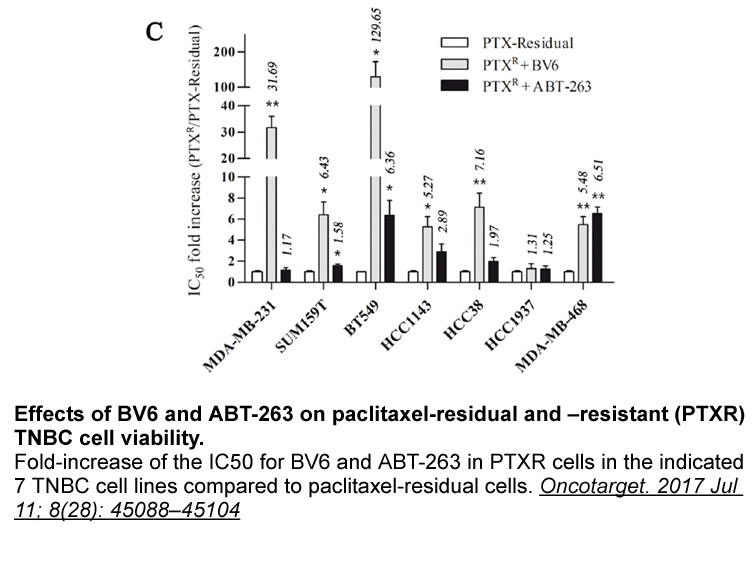
Methods and results ACE is a Canadian satellite mission [7] that measures atmospheric Procainamide HCl spectra in the limb geometry using the Sun as a light source (solar occultation). The ACE orbit (74° inclination to the equator, 650 km altitude) concentrates measurements at high latitudes but
-
4 methylumbelliferone br The human CYP A
2023-01-02
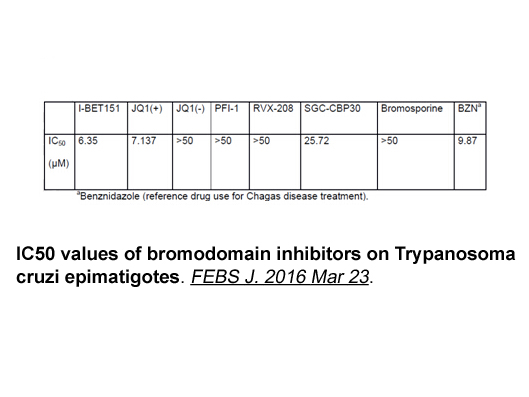
The human CYP17A1 gene is located on chromosome 10q24.3 (1) and spans 6.6 kb, which contain eight exons (2) and 1.6 kb of coding region. From this gene, the same 2.1-kb mRNA species is transcribed in both the adrenals and gonads (3), which yields a 57-kDa microsomal cytochrome P450c17 enzyme (CYP1
-
br Materials and methods br Results br Discussion Japanese e
2023-01-02

Materials and methods Results Discussion Japanese encephalitis caused by JEV is characterized by Parathyroid hormone (1-34) (human) neuron death. However, the underlying mechanism is not fully understood. We and other researchers have demonstrated that JEV induces apoptosis by ER stress-me
-
br Conclusion br References and recommended reading
2023-01-02
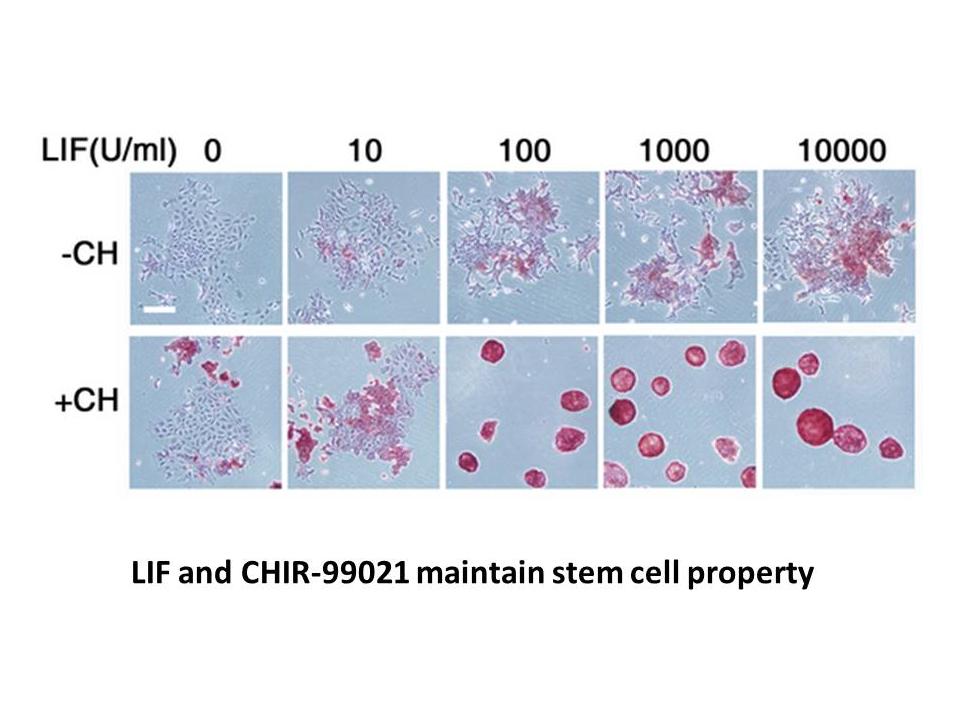
Conclusion References and recommended reading Papers of particular interest, published within the period of review, have been highlighted as: Acknowledgements Introduction Nucleosome, the basic chromatin unit, is composed of DNA and core histones (H2A, H2B, H3 and H4) and organized into
-
haloperidol haldol Since at least prospective cohort studies
2023-01-02
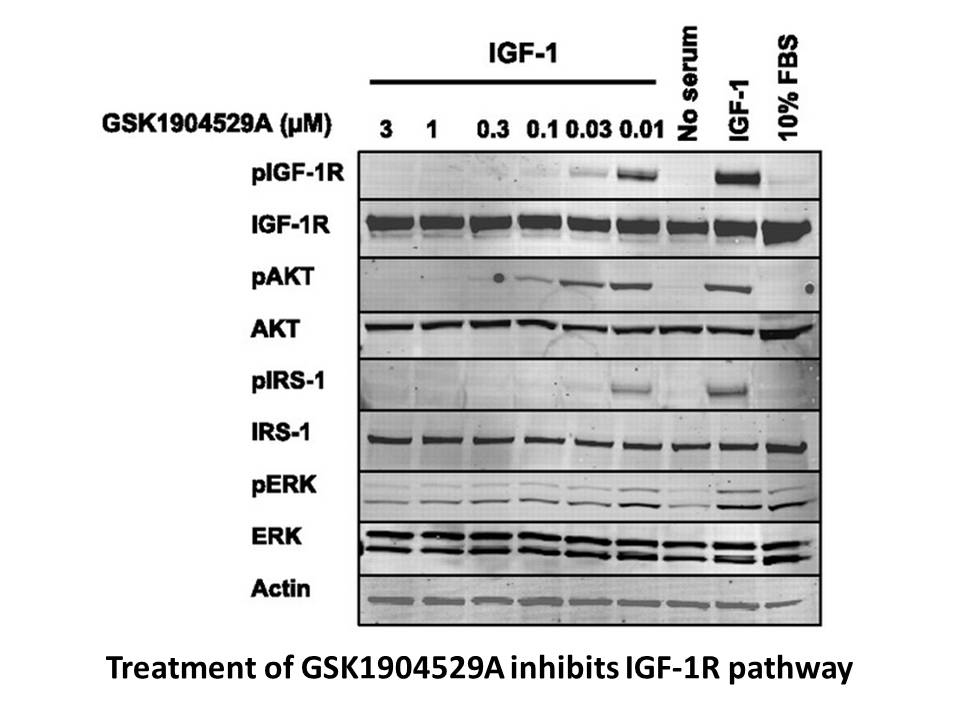
Since 2005, at least 14 prospective cohort studies have been conducted to clarify inconsistencies in the field, ten of which suggested a direct correlation between antibiotic use and atopy or wheezing later in life [51–60], three found no association [61–63], and one found positive association only
-
LAP locations in the parasite tissues would
2023-01-02
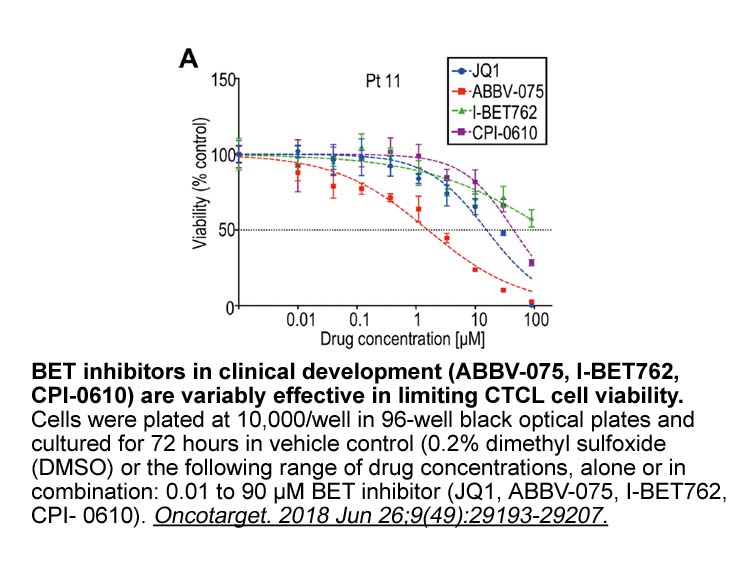
LAP locations in the parasite tissues would provide clues for the potential physiological roles of it inside the parasite body. To date, tissue localization of LAPs has been carried out in many helminth parasites; however, information regarding LAPs in tapeworm is scarce. It was shown that LAPs were
-
Recently rather than predicting categorical variables as
2023-01-02
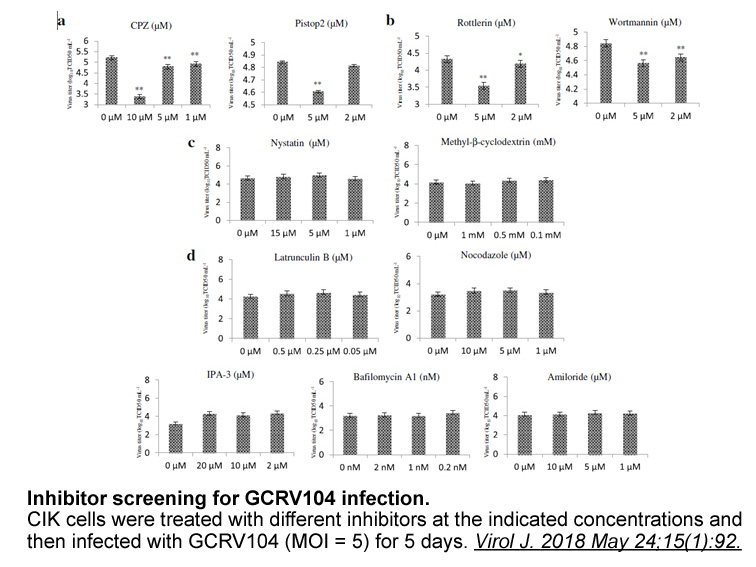
Recently, rather than predicting categorical variables as in classification, several studies begin to estimate continuous clinical variables from muscle metabolism images. Therefore, instead of classify a subject into binary or multiple pre-determined categories or stages of the disease, regression
-
Various compounds have been designed to
2023-01-02

Various compounds have been designed to inhibit aldose reductase (AR) [12]. These compounds can be classified into two main categories, the first category comprises those containing a carboxylic Adenosine Kinase Inhibitor hydrate moiety, for example, 3-thiazolidineacetic acid derivative, which has b
-
With one exception all receptors for dopamine DA serotonin
2023-01-02
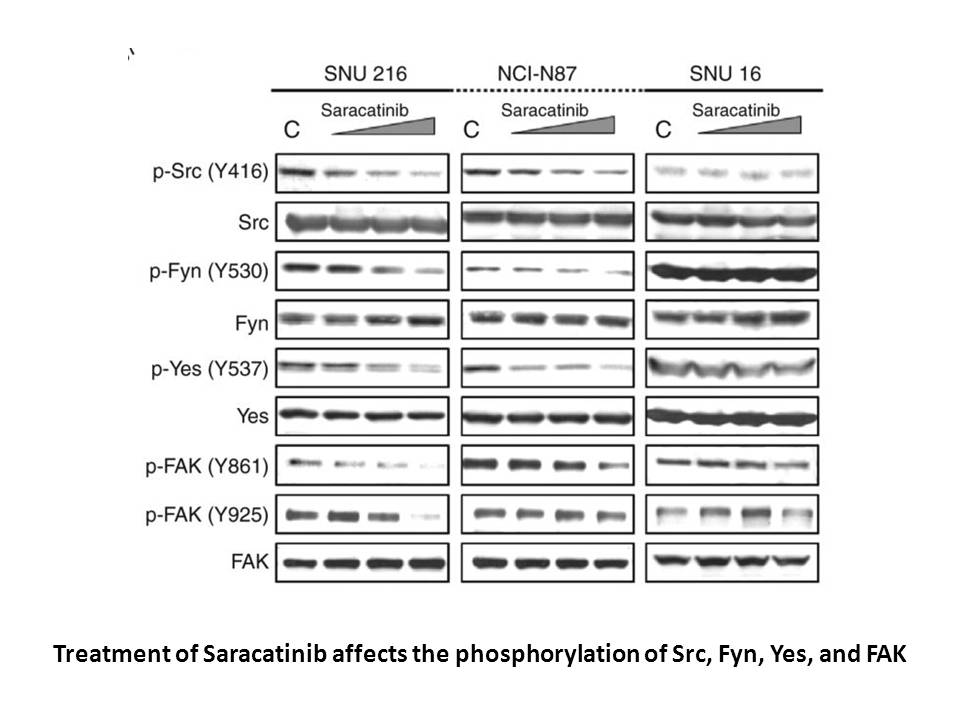
With one exception, all receptors for dopamine (DA), serotonin (5-hydroxytryptamine, 5-HT), and norepinephrine are metabotropic receptors. The five metabotropic DA receptors (D1–D5) in the CNS are involved in motivation, pleasure, cognition, learning, memory, fine motor control, and modulate neuroen
-
Preclinical models indicate roles for adiponectin in
2023-01-02

Preclinical models indicate roles for adiponectin in the maintenance of hepatic lipid metabolism. Adiponectin overexpression prevents accumulation of triglycerides or the deleterious lipid metabolites diacylglycerols or ceramides [5,8]. Direct manipulation of adiponectin expression demonstrates a po
11271 records 44/752 page Previous Next First page 上5页 4142434445 下5页 Last page